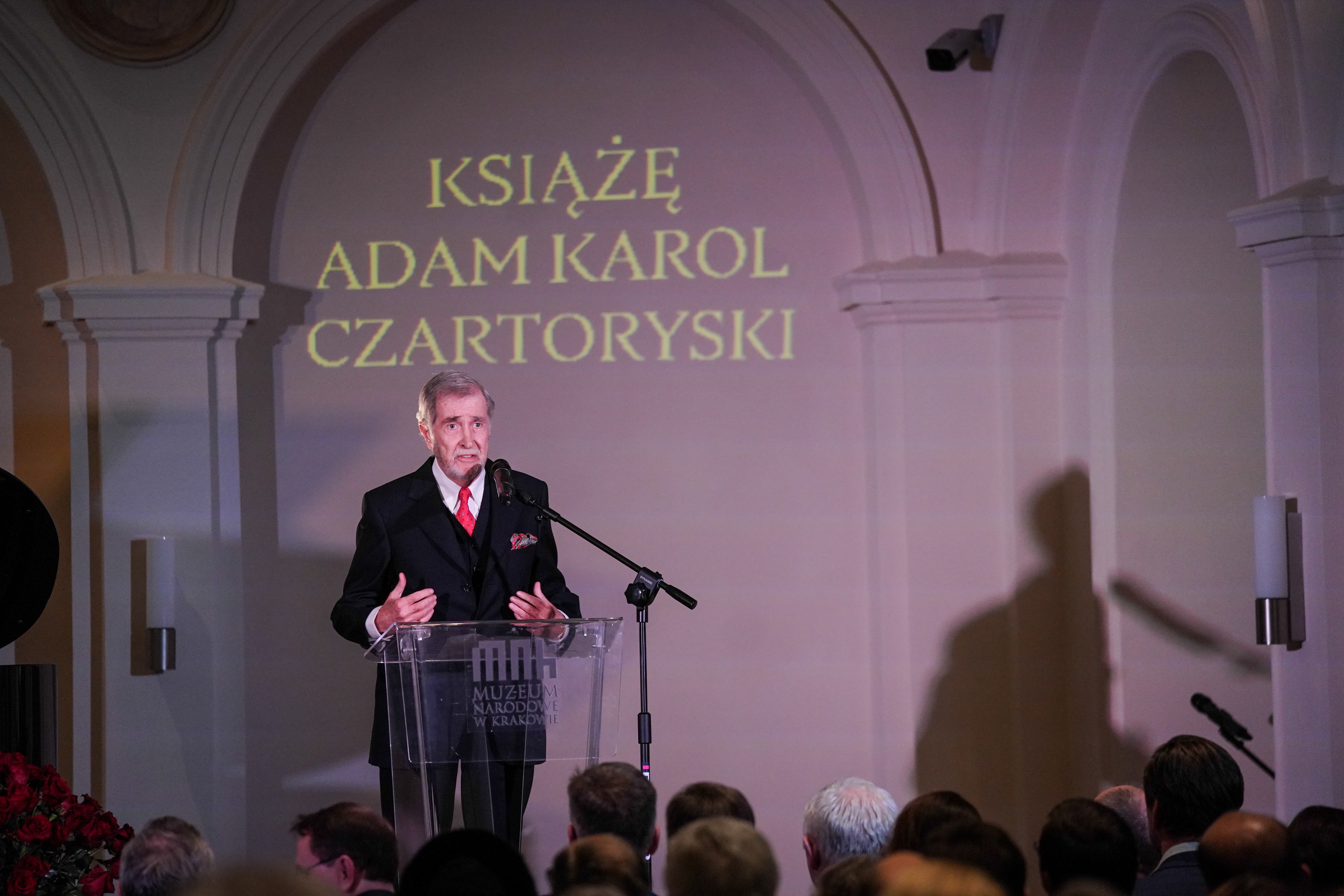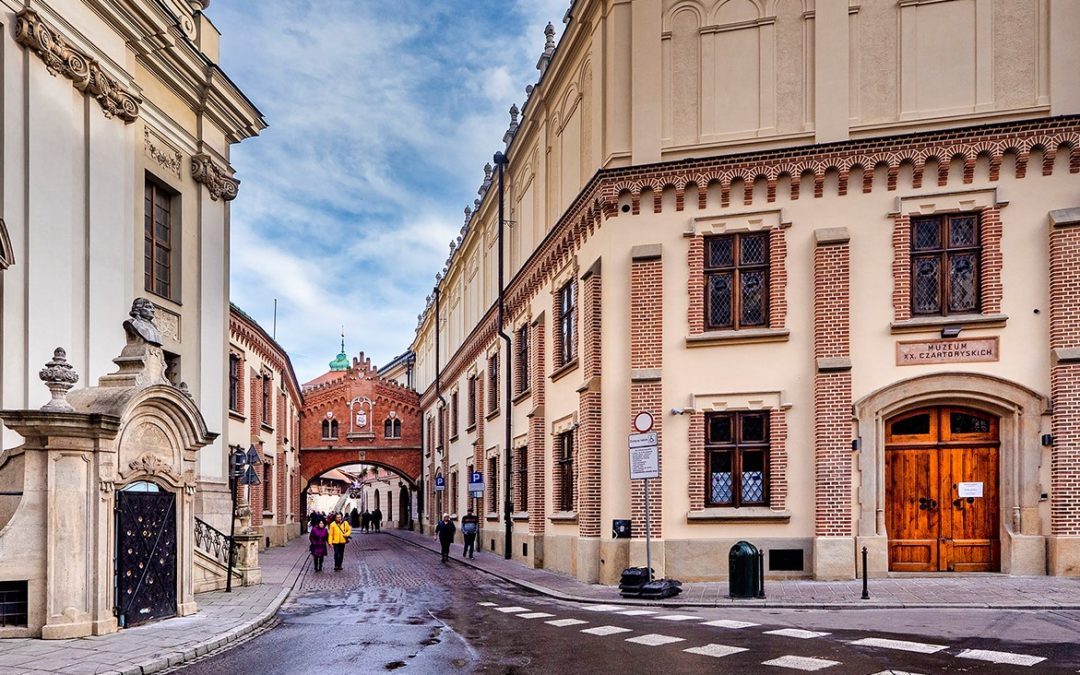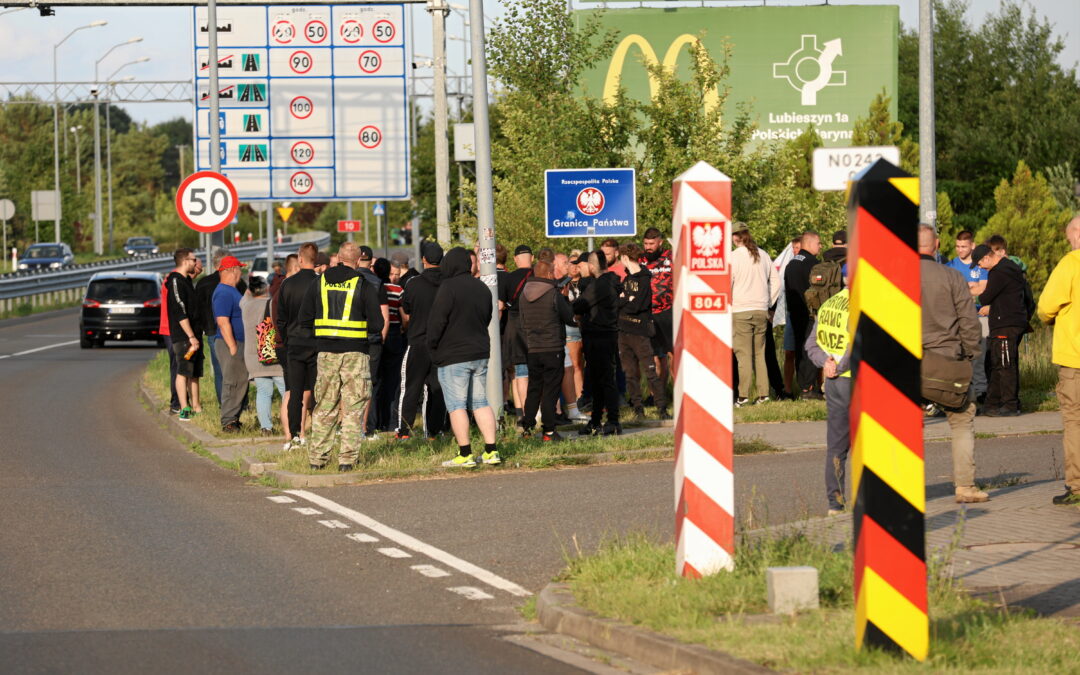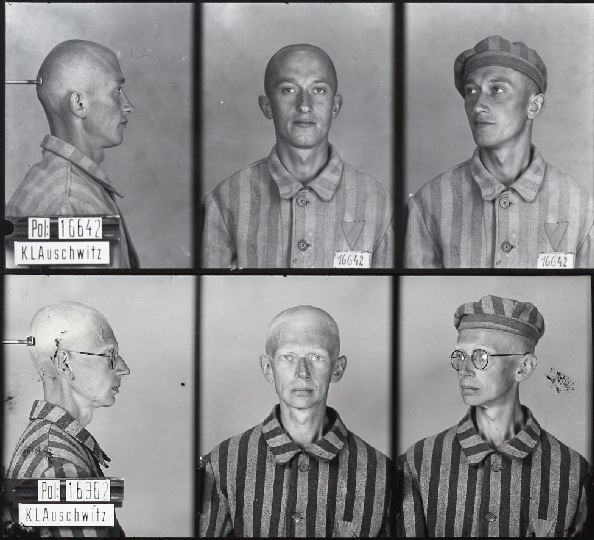By Nicholas Hodge
Prince Adam Karol Czartoryski, the scion of one of Poland’s most storied aristocratic families, returned to his historical homeland this week for the relaunch of the grand museum that is now his family’s in name only.
It was an entirely different scenario to the one envisaged in January 2010, when the doors closed on the historic institution just off Kraków’s famous medieval market square and a major revamp was set in motion.
A controversial state purchase
The 79-year old prince, who was born in exile during the first months of the Second World War and remained in Western Europe over the ensuing communist era, sold the collection to the Polish state in December 2016 in a move that stunned the art world, aroused controversy in Poland, and sparked rancour in his family.
The agreement of sale was signed amid great fanfare at the Royal Castle in Warsaw, with culture minister Piotr Gliński – who had negotiated the deal – representing the Polish government.
In one fell swoop, the state took ownership of 20,000 treasures, a bewitching mix of items that includes Leonardo’s da Vinci’s Lady with an Ermine, Roman antiquities, Egyptian mummies, and a hoard of remarkable curios connected with Polish history.
Yet these were just part of the package. The sale also encompassed Czartoryski’s Kraków mansion and adjacent buildings that housed the collection, and over 250,000 works in the Czartoryski Library, complete with a haul of illuminated manuscripts.

Culture Minister Piotr Gliński admires Leonardo’s “Lady with an Ermine” (Tomasz Markowski/National Museum in Kraków)
The prince also waived any rights to compensation for the family’s former country residence in Sieniawa, which was seized by the communists in 1944 and not returned to the Czartoryski family during waves of restitution after the Cold War.
The transaction was made for the round sum of 100 million euros. The prince declared this to be “a donation,” adding that he was “following in the footsteps of my ancestors, continuing their work for the Polish cause.” Many, however, did not quite see it that way.
In December 2016, the entire management board of the Czartoryski Foundation resigned when they discovered that the prince was negotiating a sale. There was further unease when it became known that in order to greenlight the deal, the museum’s statute had been changed and rushed through the courts at breakneck speed.
“It was somewhat characteristic of the methodology of the current government, of which this is by no means the worst example,” says Piotr Piniński, an art historian and head of the Lanckoroński Foundation, a cultural charity established in exile in 1967.
“This was not done with particular transparency,” he adds, although he acknowledges that once the government had set itself on the path towards purchase, it was duly compelled to follow its own logic, which meant passing a sudden budgetary amendment for the ensuing year while there was still a chance to do so.
A survey carried out by IBRiS for the Rzeczpospolita daily indicated that only 32% of Poles were positive about the purchase. Critics argued that the estimated 6.9 million euros needed to finish the museum’s renovation could have been found elsewhere (a further top-up of EU funds was indeed ultimately provided).
Supporters of the purchase, however, have stressed that 100 million euros amounts to a mere fraction of the collection’s market value. The British auction house Christie’s sold a Leonardo da Vinci for 380 million euros in November 2017.

One of the collection’s many treasures (Tomasz Markowski/National Museum in Kraków)
However, Piniński points out that, although the insurance value of the famed Lady with an Ermine should be higher than the price paid for the collection, that is because its theft or destruction would require a replacement work to be acquired on the international market.
But in the case of a sale, any purchaser would be required by law to keep the painting permanently in Poland – as is the case with the entire collection – and this limitation to the national market would seriously diminish the potential sale value.
Backers have also emphasised that the purchase ended a long-running deadlock. For although the museum and its collection were formally returned to Prince Czartoryski (or rather to a foundation he set up) in 1991 after being officially “under the care” of the communist state, the running costs continued to be covered by the National Museum in Kraków, which also paid a hefty monthly rent on the property.
Zofia Gołubiew, a former director of the museum, has repeatedly hailed the purchase as “a fantastic move.”
Piniński admits that “the museum and its renovation may be easier to manage” in the current situation. But he would rather have seen the state’s money spent on acquiring artworks from abroad with which to enrich Poland’s collections, which suffered such vast cultural losses during the Second World War, a time when dozens of museums and private collections were destroyed.
The renovated museum
Yet putting aside the debate, it is worth looking at the results of the much-delayed renovation. This is what most observers have been waiting for. Indeed, tickets for the opening weekend sold out instantly.
As soon as the ink was dry on the documents, responsibility for completing the renovation fell on 48-year-old art historian Andrzej Betlej, director of the National Museum in Kraków.

The museum’s renovated courtyard, with new glass and steel roof (Tomasz Markowski/National Museum in Kraków)
A fortnight before the launch, the museum was a hive of activity, with curators fiddling with light installations and fitting vintage leopard skins on suits of armour. Betlej looked like a man in dire need of a deck chair and some fresh alpine air. But he was brimming with energy, nonetheless. He clearly relished the challenge. The task of reviving a world class collection is not, after all, one that comes along every day.
“The museum is one great history of Poland,” Betlej says. “It created a canon of our history,” and the exhibits “reflect our identity.”
Founded in 1801 by Princess Izabela Czartoryska (1746-1835), shortly after Poland was carved up by Russia, Prussia and Austria, the museum was initially housed on the grounds of Czartoryska’s country residence in Puławy. It had a permanent guide, but the princess enjoyed showing visitors around in person. The initial aim was to conjure Poland’s history, and the motto over the entrance to one of the pavilions was telling: “The Past for the Future.”
A failed uprising against Tsarist Russia in 1830, in which the Czartoryskis were directly involved, forced the family to flee to Paris, where they set up a sort of unofficial embassy of the fallen state in a mansion known as the Hôtel Lambert. Their collection went with them – or at least whatever they could remove. Yet within a generation, political circumstances had become favourable in Galicia, the slice of Poland under Habsburg rule, and the museum was relaunched in Kraków in 1876.
Unsurprisingly, given that the museum was created in the 19th century, and by a family intimately involved in the country’s history, the emphasis was more on what were perceived to be past glories than failures. It was an immediate hit.
Prior to closure in 2010, the museum had immense charm, but like so many galleries that had sat through the long communist era, it was neglected. Yet from the moment Prince Czartoryski regained the collection in 1991, renovation was always going to be an uphill struggle.
Before the Second World War, the Czartoryski family’s landed estates encompassed 22,900 hectares. These lands were nationalised by the communists as early as 1944 and were not returned or compensated for in 1991. Thus, a key source of income was missing from the outset.
The situation was further complicated by the fact that it was only in the 1990s that Prince Czartoryski – who was born and brought up in Seville by his Spanish mother, a first cousin of King Juan Carlos – began to discover his Polishness. By his own account, when asked by some Spanish cousins if it was true that he was Polish, the ten-year-old replied in a heavy Sevillian accent: “No lo quiera Dios!” (God Forbid!).

Prince Adam Karol Czartoryski (Tomasz Markowski/National Museum in Kraków)
Of his immediate family, the most involved in Polish affairs has been his first cousin, the noted historian Adam Zamoyski, who fronted the Czartoryski Foundation for many years. Taking the helm of the managerial board in 2004, Zamoyski was the moving force behind the renovation.
But his participation ended in 2011, when the relationship between the two cousins soured, and Czartoryski dismissed him from the foundation over differences regarding a donation to the Wawel Royal Castle Museum.
Fast forward to 2019 and, with the renovation of the main building completed and open to the public, the new extension has created over a third more exhibition space. This means that not only are there a great deal more things on show – over 3,000 objects, many displayed for the first time – but access for people with disabilities is finally possible, thanks to a lift.
One of the most spectacular aspects of the reborn museum is that the old palace courtyard (previously off limits) has become a central feature. Kraków architects Piotr Lewicki and Kazimierz Łatak covered the space with a sweeping glass and steel roof, and a discreet bridge spans the courtyard.
A café can be entered through the arcades. The roof itself was realised when the Czartoryski Foundation was still juggling a mixture of EU, municipal and national funds, before work ground to a halt in 2013.
Looking back at the long-running debate about how the museum should be managed, Betlej says that the sale has created, “a clean and clear solution, and in my opinion, one that is simultaneously entirely justified.” While critics may continue to disagree, most will be glad to see one of Poland’s most important cultural institutions open to the public again after so long behind closed doors.
Main image credit: Jerzy Ochoński Fotografie




















